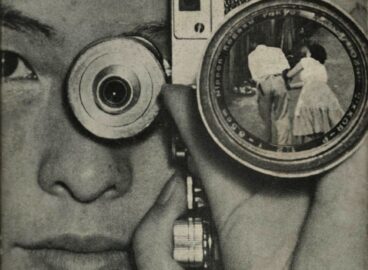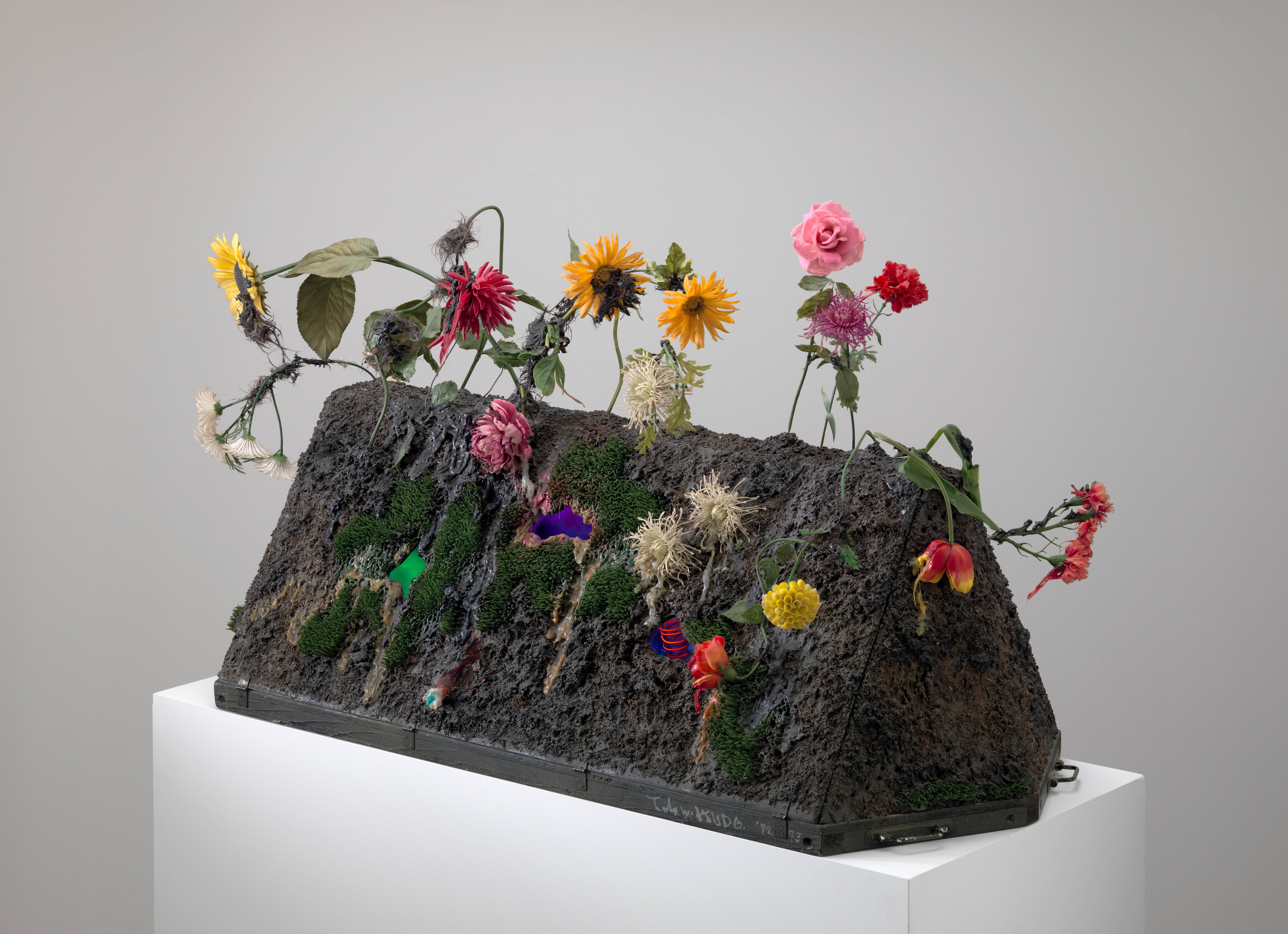How can art disrupt and transform the status quo? How can art and the everyday be reconciled? What is the artistic significance of train rides, urinal cleaning, and fabricating fake banknotes? What is the sense of a musical performance that can be heard by no one but the performers? What is the purpose of art without permanence? These are some of the pressing questions that William Marotti, Associate Professor of History at UCLA, tackles in his presentation on the politics of “action” in early 1960s avant-garde art practice in Japan. Marotti characterizes that time and place as marked by public displays of growing dissatisfaction with the state. Yet, those energies of dissent melted away as increased wealth and prosperity obscured the major political issues at stake. One of the most critical of these was Japan’s continuing dependence on the U.S. long after the Allied occupation (1945–1952). Through its association with the U.S., Japan was intimately linked to the wars in Korea and Vietnam. Cooperation with the U.S. war interests was a particularly charged legal, economic, and political issue for Japan, which was explicitly prohibited from participating in war by the constitution it adopted following World War II. In this context, avant-garde artists such as Nakanishi Natsuyuki, Akasegawa Genpei, and Tone Yasunao broke new ground in identifying the everyday as the very site of artistic action. They aspired to shift perceptions about who and what could serve and be seen as a political body. Through action-as-art, familiar, everyday spaces and objects including clothespins, trains, courtrooms, and the street suddenly became sites of possibility for a radical restructuring of the existing political order.
Do Marotti’s ideas about the “politics of action” shed light on other avant-gardes? Are there examples of artistic practices today that call for a reordering of our perception of everyday reality? How is action-as-art produced in spaces of the everyday an effective tactic for political engagement? Watch the video of Marotti’s MoMA workshop to hear his take on the subject, and add to the conversation by sharing your thoughts, ideas, and interpretations of this presentation.
This presentation is an preview of Professor Marotti’s forthcoming book, Money, Trains, and Guillotines: Art and Revolution in 1960s Japan from Duke Univeristy Press.


